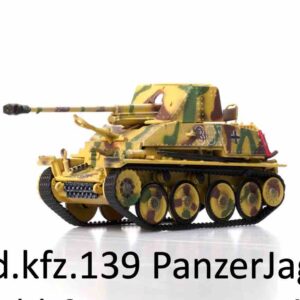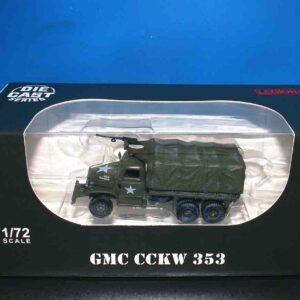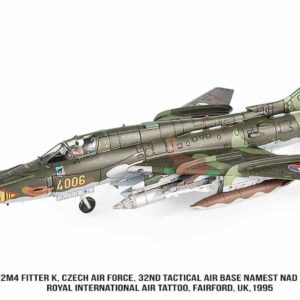Atlas Editions Bombers of WWII – Mitsubishi Ki-21
499 Kč
Skladem
Výrobce: Atlas EditionsMěřítko: 1:144Popis
-sběratelský model letadla Mitsubishi Ki-21 1/144 -provedení: kovový model s plastovými částmi -model je v kvalitním provedení -součástí balení je stojánek
Mitsubishi Ki-21
The Mitsubishi Ki-21 (or “Type 97 Heavy Bomber”) (九七式重爆撃機 Kyūnana-shiki jūbakugekiki) (Allied reporting name: “Sally” /”Gwen“) was a Japanese heavy bomber during World War II. It began operations during the Second Sino-Japanese War participating in the Nomonhan Incident, and in the first stages of the Pacific War, including the Malayan, Burmese, Dutch East Indies and New Guinea Campaigns. It was also used to attack targets as far-flung as western China, India and northern Australia.
| Role | Heavy bomber |
|---|---|
| Manufacturer | Mitsubishi |
| First flight | 18 December 1936 |
| Introduction | 1938 |
| Retired | 1945 |
| Primary users | Imperial Japanese Army Air Force Royal Thai Air Force |
| Number built | 2,064 units (excluding Ki-57) |
| Variants | Mitsubishi Ki-57 |
General characteristics
- Crew: 5-7
- Length: 16.0 m (52 ft 6 in)
- Wingspan: 22.50 m (73 ft 10 in)
- Height: 4.85 m (15 ft 11 in)
- Wing area: 69.90 m² (752.12 ft²)
- Empty weight: 6,070 kg (13,354 lb)
- Loaded weight: 10,600 kg (23,320 lb)
- Powerplant: 2 × Mitsubishi Army Type 100 (Ha-101)(Mitsubishi Kasei) 14 cylinder radial engine, 1,119 kW (1,500 hp) each
- Propellers: three-blade metal variable-pitch propeller
Performance
- Maximum speed: 485 km/h (301 mph) at 4,700 m (15,400 ft)
- Cruise speed: 380 km/h (236 mph)
- Range: 2,700 km (1,680 mi)
- Service ceiling: 10,000 m (32,800 ft)
- Rate of climb: 13 min 13 sec to 6,000 m (19,680 ft)
Armament
- Guns:
- 4× 7.7 mm (.303 in) flexible Type 89 machine guns in nose, ventral, beam and tail positions
- 1× 12.7 mm (.50 in) Type 1 Machine Gun in dorsal turret
- Bombs: 1,000 kg (2,200 lb) of bombs
Další informace
| Výrobce | |
|---|---|
| Měřítko | |
| Dostupnost | Skladem |






